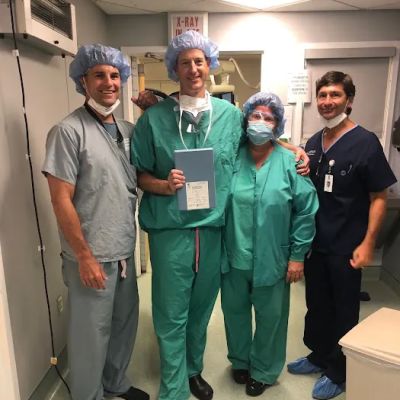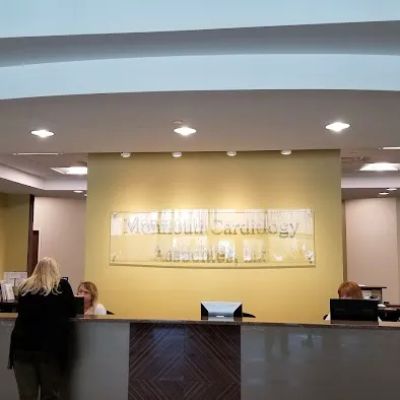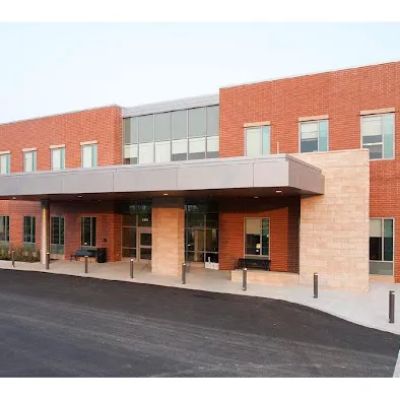The Latest Advances in Heart Disease Treatment and Prevention
- Understanding Heart Disease: A Growing Global Concern
- Latest Innovations in Heart Disease Treatment
- Revolutionary Prevention Techniques for Heart Disease
- Cutting-Edge Technology in Cardiovascular Care
- Real-Life Examples of Life-Saving Heart Disease Innovations
- What the Future Holds for Heart Disease Prevention and Treatment
Understanding Heart Disease: A Growing Global Concern
Heart disease remains one of the leading causes of death worldwide, affecting millions of people each year. It encompasses a wide range of conditions that impact the heart, including coronary artery disease, heart attacks, heart failure, and arrhythmias. The prevalence of heart disease is increasing, driven by factors such as poor lifestyle choices, unhealthy diets, and a lack of exercise.
As someone who has seen family members and friends struggle with heart disease, I know how vital it is to have access to the latest treatment options. Advances in cardiovascular care are helping doctors improve outcomes for patients, and they offer hope for those at risk of heart disease. Whether it’s through innovative treatments or more effective prevention strategies, the healthcare industry is constantly evolving to combat the growing burden of heart disease.

Latest Innovations in Heart Disease Treatment
Heart disease treatment has undergone remarkable transformations over the past decade, with several groundbreaking innovations changing the way we approach care. Here are a few of the most significant advancements in heart disease treatment:
Atlanta Heart Specialists
atlanta heart specialists
4375 Johns Creek Pkwy #350, Suwanee, GA 30024, USA

1. Personalized Medicine in Cardiology
One of the most exciting developments in heart disease treatment is the shift toward personalized medicine. Instead of adopting a one-size-fits-all approach, doctors now have the ability to tailor treatments to individual patients based on their unique genetic makeup, lifestyle, and other factors. By identifying specific genetic markers and risk factors, cardiologists can prescribe targeted therapies that are more effective and have fewer side effects.
2. Minimally Invasive Heart Surgery
Minimally invasive techniques have revolutionized heart surgery, making it safer and more accessible for patients. Procedures like catheter-based interventions, robotic-assisted surgery, and transcatheter aortic valve replacement (TAVR) allow patients to recover more quickly with less pain and lower risk of complications. These techniques have drastically reduced the need for open-heart surgeries, leading to faster recovery times and improved outcomes for many patients.
3. Stem Cell Therapy for Heart Regeneration
Another exciting innovation in heart disease treatment is the use of stem cell therapy. Researchers are exploring the potential of stem cells to regenerate damaged heart tissue, which could provide a groundbreaking solution for patients with heart failure. While still in the experimental stages, stem cell therapy offers hope for patients who may have exhausted other treatment options.
Revolutionary Prevention Techniques for Heart Disease
Prevention is always better than cure, and this holds especially true for heart disease. The latest prevention techniques focus on addressing the root causes of heart disease, including lifestyle changes, early detection, and advanced diagnostic tools. Some of the most innovative prevention methods include:
1. Artificial Intelligence for Early Detection
Artificial intelligence (AI) is playing a crucial role in detecting heart disease at its earliest stages. AI-powered algorithms can analyze medical data, including ECG readings and imaging, to identify patterns and predict the risk of heart disease long before symptoms appear. Early detection allows doctors to intervene sooner, potentially preventing the progression of the disease and saving lives.
2. Remote Monitoring of Heart Health
With the rise of wearable technology, patients can now monitor their heart health in real time. Devices like smartwatches, heart rate monitors, and blood pressure cuffs can track vital signs and send data to healthcare providers, allowing for continuous monitoring. This technology enables doctors to catch irregularities early and adjust treatment plans accordingly, even before symptoms become severe.
3. Targeted Lifestyle Interventions
Personalized lifestyle interventions are another key focus in heart disease prevention. Advances in digital health tools allow healthcare providers to offer individualized advice on diet, exercise, and stress management. Through mobile apps and telemedicine platforms, patients can access customized programs that help them make lasting changes to improve their cardiovascular health.
Cutting-Edge Technology in Cardiovascular Care
The rapid advancement of technology is reshaping the way we diagnose, treat, and prevent heart disease. Some of the most exciting technologies in cardiovascular care include:
1. 3D Heart Imaging
3D imaging technology allows cardiologists to visualize the heart in unprecedented detail, improving the accuracy of diagnoses and surgical planning. With 3D heart scans, doctors can create personalized models of a patient’s heart to better understand the extent of disease and determine the best course of action for treatment. This technology is especially useful in complex cases, such as valve repair or congenital heart defects.
2. Gene Therapy for Heart Disease
Gene therapy is another frontier in heart disease treatment. By altering the genes responsible for causing cardiovascular conditions, scientists hope to develop therapies that can correct genetic defects and prevent the onset of heart disease. Although gene therapy is still in its early stages, it holds promise for transforming the treatment landscape for inherited heart conditions like familial hypercholesterolemia.
Real-Life Examples of Life-Saving Heart Disease Innovations
There have been several high-profile cases where innovations in heart disease treatment have changed lives. One example is the use of TAVR, a procedure that has helped countless elderly patients avoid open-heart surgery. In one case, a patient in their 80s, who was considered too frail for traditional surgery, underwent TAVR and made a full recovery. This groundbreaking procedure allowed the patient to regain mobility and resume normal activities within weeks of the surgery.
Another success story comes from stem cell therapy trials. A middle-aged man with severe heart failure participated in an experimental stem cell treatment. After the procedure, he reported significant improvements in his energy levels, and his heart function showed remarkable recovery on subsequent tests. While these therapies are still in the research phase, such cases offer hope for patients with heart failure who have few treatment options left.
What the Future Holds for Heart Disease Prevention and Treatment
The future of heart disease prevention and treatment looks incredibly promising, thanks to ongoing innovations in medical technology, personalized care, and early detection. As scientists continue to explore the potential of gene therapy, stem cell treatments, and AI, the landscape of cardiovascular care will evolve rapidly.
For patients, this means better outcomes, fewer side effects, and the possibility of living longer, healthier lives. With advancements in prevention techniques, heart disease may eventually become a manageable condition rather than a life-threatening one. The key to unlocking these benefits will be continued research, collaboration between healthcare providers and patients, and access to the latest technologies and treatments.
<>





















Deborah Heart and Lung Center
deborah heart and lung center
200 Trenton Rd, Browns Mills, NJ 08015, USA